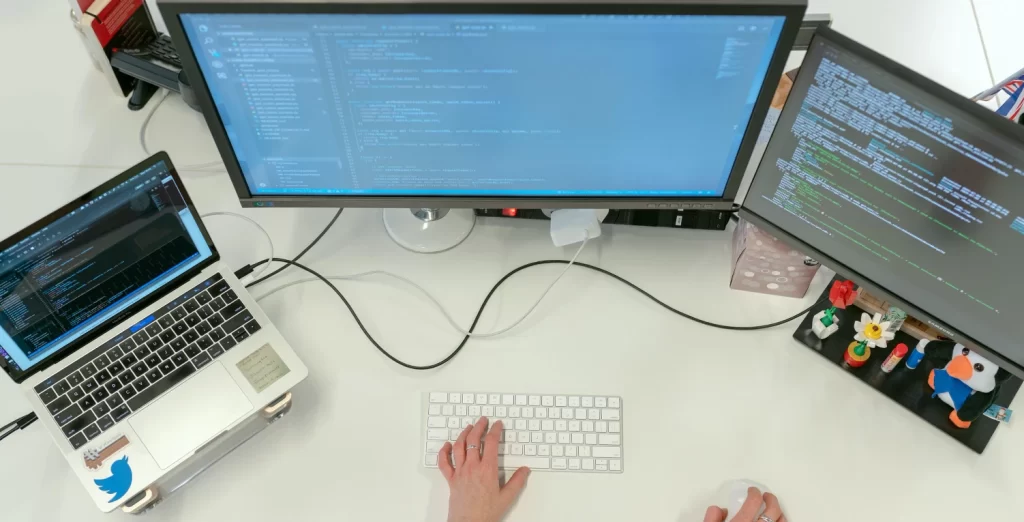
4 Tips on Selling an Innovative Product that is Future Ready | Meet the Team Series
4 Tips on Selling an Innovative Product that is Future Ready 4 Tips on Selling an Innovative Product that is Future Ready Meet the Team

We’ve all heard the saying coined by Francis Bacon, ‘knowledge is power.’ But is that saying actually true? As Eric Thomas brilliantly puts it, “Knowledge isn’t power, applied knowledge is power.” When we have the opportunity to not only grasp a concept but also apply it to the work we do, efficiency and innovation is born.
In our fifth installment of the Meet the Team series, Greg Brooks, VP of Software Engineering at Cognira, shares the importance of mechanical sympathy, and how it should be integrated into any company.
With this impressive skill set under his belt, Greg went on to pursue a degree in computer engineering at the University of Waterloo in Ontario, Canada. During one of his work terms at Microsoft, he constructed a real-time 3D graphics demo that landed on the front page of InfoWorld and PC Week for a pre-release of OS/2. This demo was made possible by an efficient implementation of floating point functions for commonly available integer-only CPUs (A stellar example of mechanical sympathy).
Since graduating from university, Greg has been involved in many different corporations. Some of his most successful opportunities include working for Retek, where he helped develop the Retail Predictive Application Server (RPAS) platform, a platform still used and sold by Oracle today. After the acquisition of Retek, Greg continued to pursue the startup life with Mark Bloemeke, and became co-founder and lead software engineer at LogicBlox. He later went on to work at Cisco as team lead and senior software engineer. However, Greg longed for the opportunity to build something up from the ground, which ultimately led him to Cognira as VP of Software Engineering.

It may seem like a no-brainer for an engineering team to apply mechanical sympathy. However, many do not due to the complexity of modern computer hardware and the software abstractions built upon it. Today, computer hardware is so fast that it can be difficult to comprehend the nuances. However, by not investing in the underlying knowledge of computer hardware and software abstractions, many systems have inefficiencies that greatly impact the overall performance and usability.
Here are a few tips on how to apply mechanical sympathy within software engineering:
Cognira is the leading artificial intelligence solutions provider for retailers. Cognira is passionate about helping retailers unlock valuable, transformative business insights from their data.
We know retail. We love data.
To learn more, check out our website at cognira.com or contact us today to get started.

4 Tips on Selling an Innovative Product that is Future Ready 4 Tips on Selling an Innovative Product that is Future Ready Meet the Team

Your End-Users Make your Software Successful, Not your Software | Meet the Team Series Your End-Users Make your Software Successful, Not your Software Meet the
Founded by experienced data scientists and retail experts, Cognira is the leading artificial intelligence solutions provider.